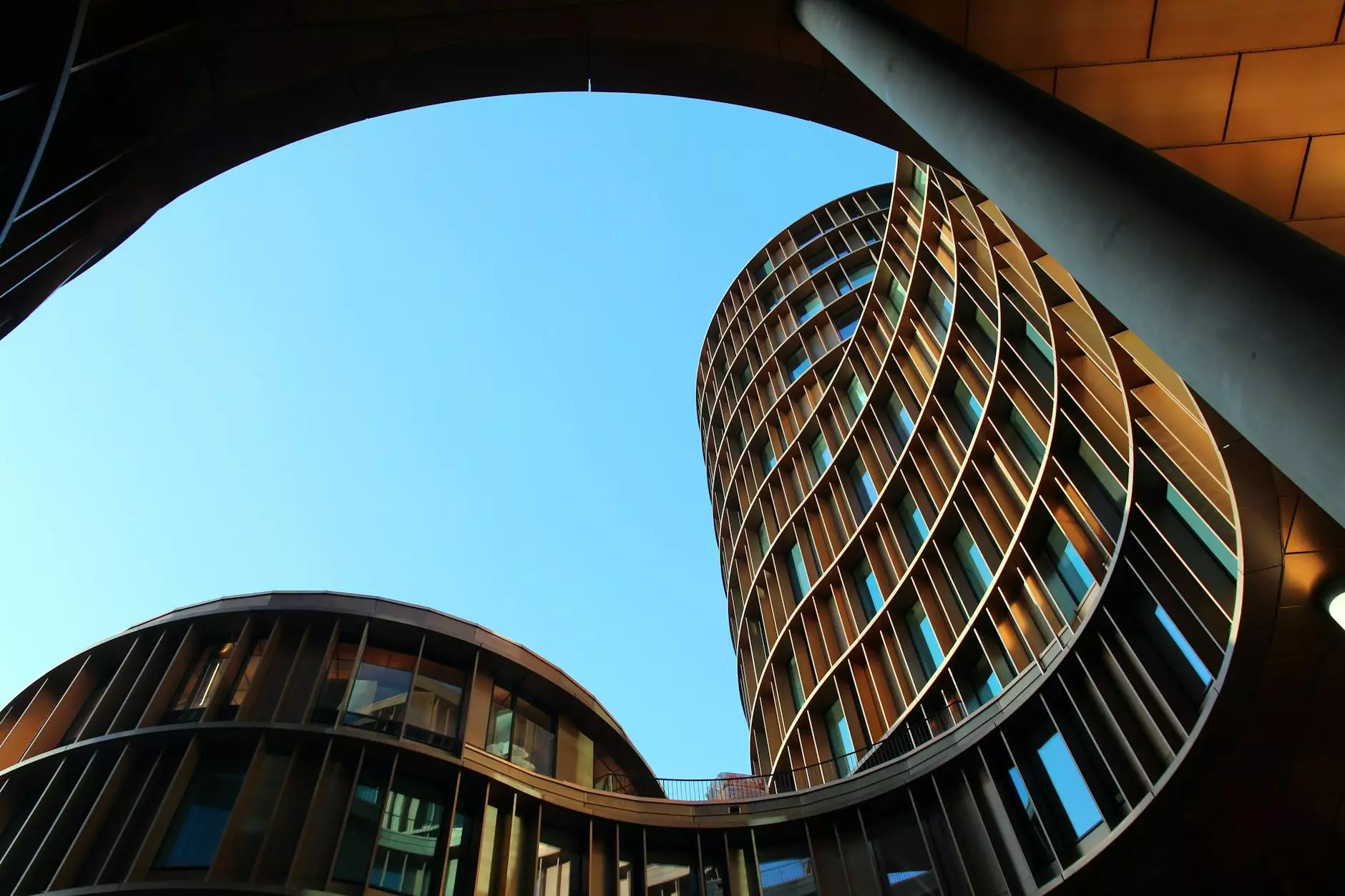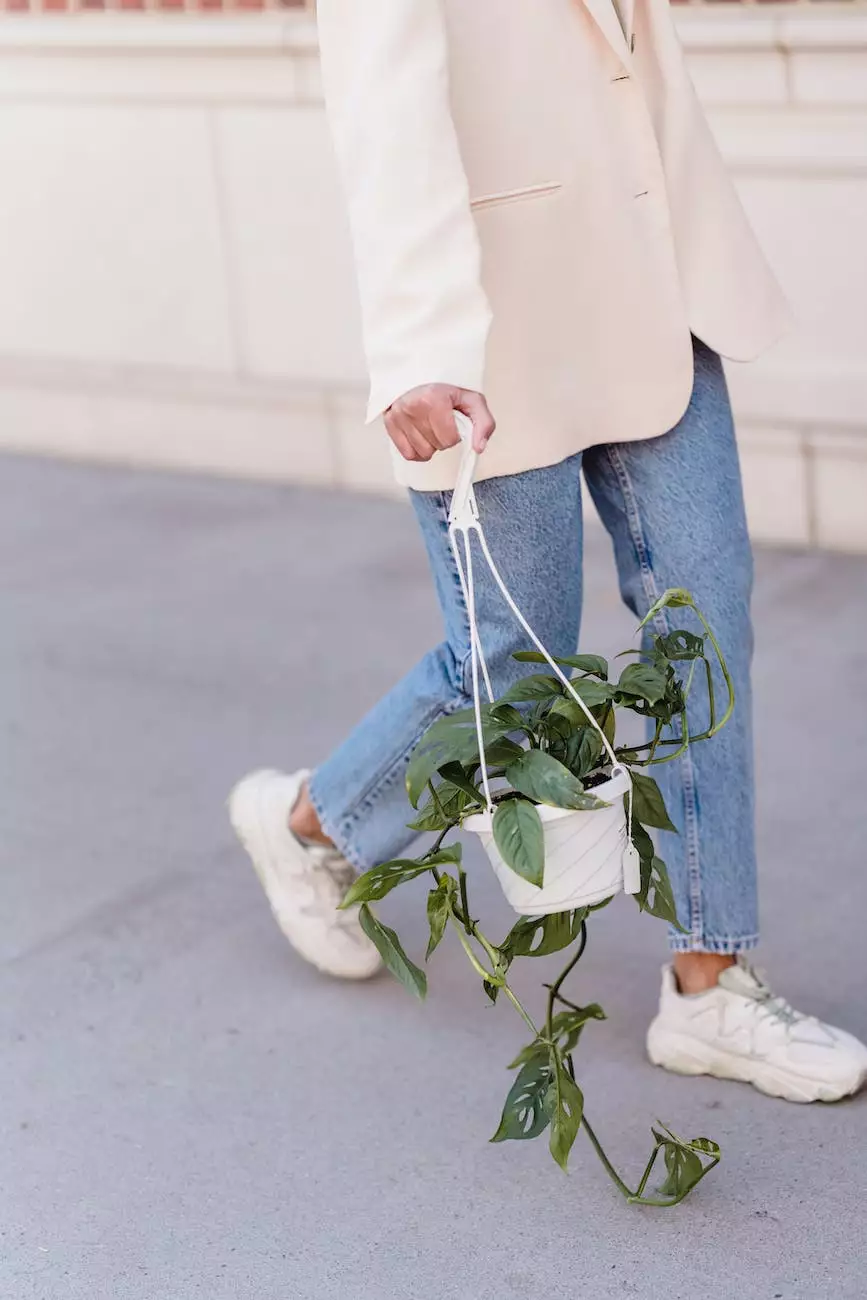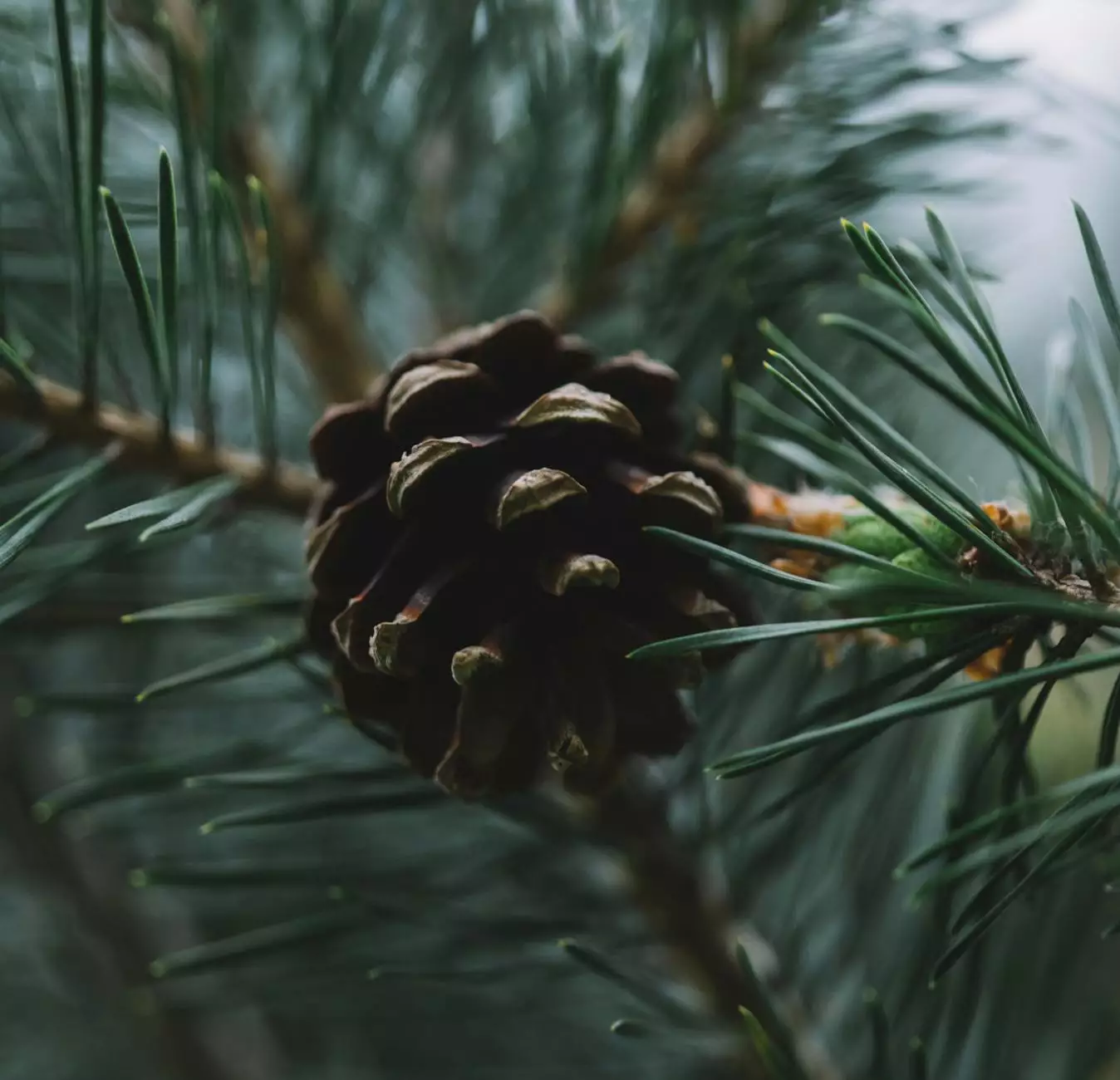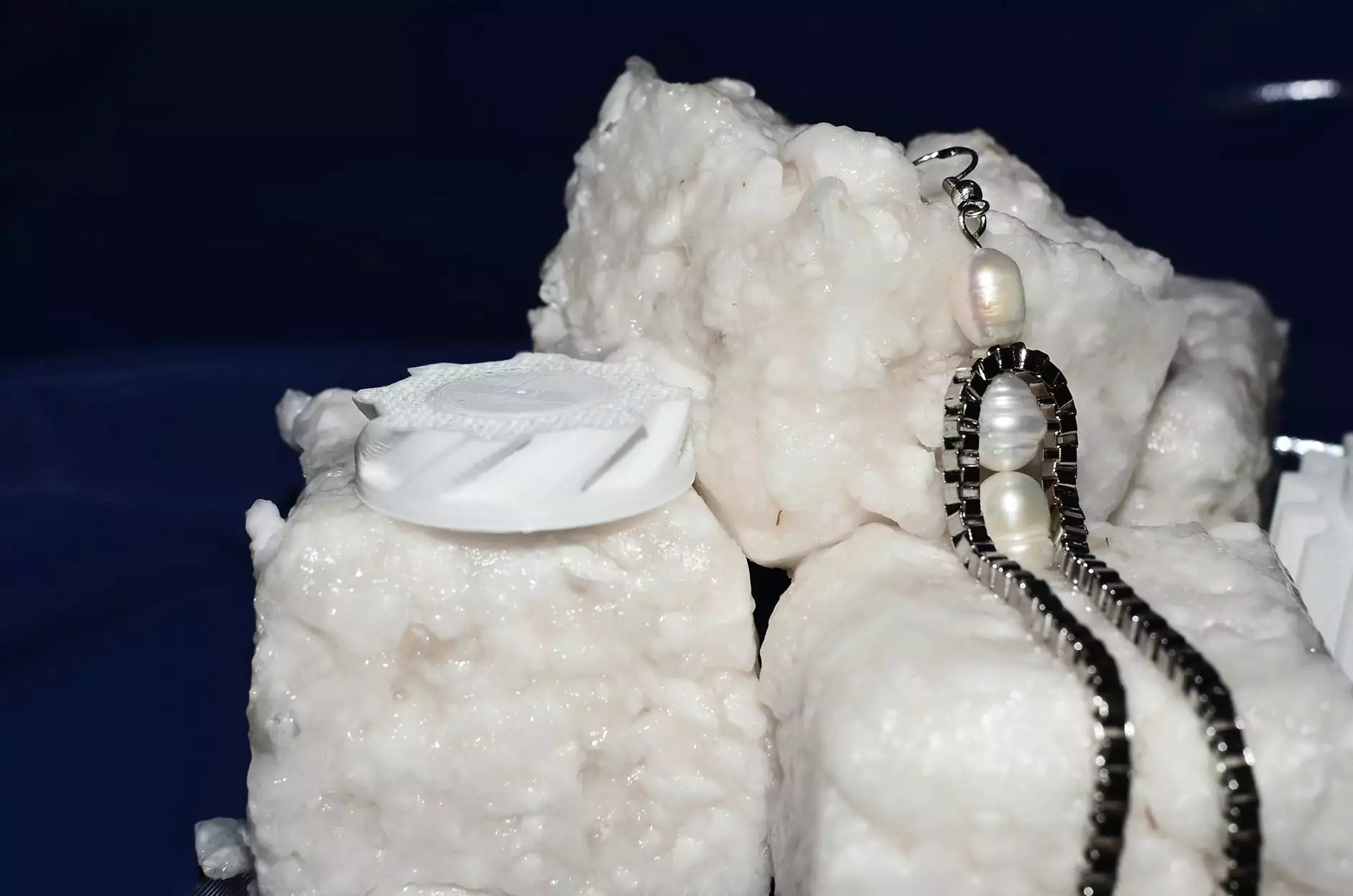How To Tell What Kind of Light You Have for your Houseplants

Understanding the Importance of Light for Houseplants
When it comes to growing healthy and thriving houseplants, providing the right amount and type of light is essential. Light is the primary source of energy for plants and plays a crucial role in photosynthesis – the process through which plants convert light into food. Different plants have different light requirements, and understanding the type of light your houseplants receive is key to ensuring their well-being.
The Three Main Types of Light for Houseplants
There are three primary types of light that houseplants require:
1. Direct Sunlight
Direct sunlight refers to the intense light that comes directly from the sun. It is typically the strongest and brightest type of light, and while many plants thrive in direct sunlight, some may become sunburned or stressed if exposed to too much of it. It's important to know which of your houseplants can tolerate direct sunlight and which ones need to be placed in a more shaded area.
2. Indirect Sunlight
Indirect sunlight refers to the light that reaches your houseplants after being filtered or reflected by objects such as trees or curtains. It is generally softer and less intense than direct sunlight, making it suitable for a wide variety of houseplants. Most foliage plants prefer indirect sunlight as it provides enough light for photosynthesis without the risk of burning their leaves.
3. Low Light
Low light refers to areas that receive minimal natural light, such as corners of a room or spaces further away from windows. Although low-light conditions are challenging for many plants, there are several houseplants that can thrive in these environments. It's crucial to choose plants that are well-suited for low-light conditions if you have limited access to natural sunlight in your home.
Assessing the Light Conditions in Your Home
Now that you understand the different types of light, it's time to assess the light conditions in your home to determine what kind of light your houseplants are receiving.
1. Observe Natural Light Patterns
Pay attention to how the sunlight moves throughout the day. Which rooms or areas receive direct sunlight, and at what times? Are there any obstacles casting shadows or blocking the light? Make notes of these observations to get a better idea of the light patterns in your home.
2. Use a Light Meter
A light meter is a handy tool for measuring the amount of light in a specific location. Hold the light meter up to the area where your houseplants are located, and it will give you an accurate reading of the light intensity. This can help you determine whether the light is direct, indirect, or low.
3. Consider Proximity to Windows
Take into account how close your houseplants are to windows. Plants placed directly in a window with no obstructions will likely receive more intense light compared to those located further away.
Matching Houseplants to Light Conditions
Once you have assessed the light conditions in your home, it's time to match your houseplants to their ideal light requirements. Here are some suggestions based on the different lighting conditions:
1. Direct Sunlight Plants
- Aloe vera
- Cacti
- Succulents
- Jade plant
- Rubber plant
2. Indirect Sunlight Plants
- Spider plant
- Dracaena
- Peace lily
- Chinese evergreen
- ZZ plant
3. Low Light Plants
- Snake plant
- Pothos
- Cast iron plant
- Parlor palm
- Heartleaf philodendron
Taking Care of Your Houseplants
Once you have identified the type of light your houseplants need, it's important to provide them with the right care to ensure their overall health and growth. Here are some general tips:
1. Watering
Make sure to water your plants appropriately, taking into consideration their specific water requirements. Overwatering or underwatering can lead to root rot or dehydration, respectively.
2. Fertilizing
Feed your houseplants with a balanced fertilizer according to the instructions on the packaging. Fertilizing helps replenish essential nutrients that may be lacking in the soil.
3. Proper Drainage
Ensure that your pots have drainage holes to prevent water from stagnating and causing root problems. Use well-draining soil to promote healthy root growth.
4. Regular Pruning
Trim and prune your plants regularly to maintain their shape and remove any dead or unhealthy foliage. This promotes new growth and prevents diseases.
Final Thoughts
Understanding the lighting requirements of your houseplants is vital for their survival and growth. By assessing the light conditions in your home and matching your plants accordingly, you can create an environment where they can thrive. Remember to monitor your plants regularly, making adjustments as necessary to ensure they receive the optimal amount of light and care they need.










